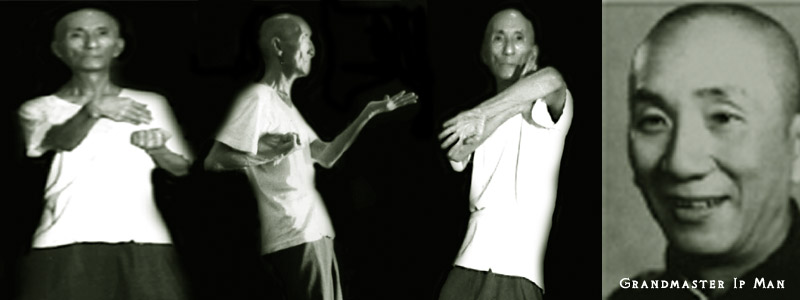
The Wing Chun system of Kung Fu was developed in southern China approx. 250-300 years ago.
Wing Chun Kuen is just one of many styles of martial art whose origins are to be found in Southern China and, compared to other arts, is a relatively new style.
Wing Chun is known as a 'soft' style, but is in fact a blend of both hard and soft techniques. This blending of hard and soft is due to the fact that a sensible balance is necessary. One story is that Wing Chun Kung Fu was originally developed by a woman said to be a Buddhist nun named Ng Mui.
Ng Mui later met and befriended a young woman named Yim Wing Chun, who was just fifteen years of age. Yim was a beautiful and intelligent young woman but soon attracted the attentions of the local bully, who wanted to marry her. Ng Mui took Yim Wing Chun into the mountains and taught her the techniques of the new system she had devised in a bid to protect the young woman. Under Ng Mui's direction, Wing Chun, studied Kung Fu religiously and mastered the style.
Yim then returned to the village and defeated the local bully. After this event Ng Mui named the new style, Wing Chun Kuen after her protégé.
Roughly translated Wing Chun means 'Perpetual/Beautiful Springtime’.
Kung Fu is a basic translation of a Chinese term that means 'hard work'. Kung Fu, therefore, is a pretty generic term that is commonly, but not exclusively, used to embrace all of the Chinese Martial Arts. There are literally hundreds, if not thousands, of styles of Kung Fu. Many have the suffix 'Kuen' or 'Gar' meaning fist and family. So in China you can simply have Mr X's fist fighting style.
Wing Chun is simply the name of a woman, so adding Kuen (Fist) indicates that the style of Wing Chun Kuen is a 'fist' fighting style named in her honour.
The Wing Chun art was passed down and refined through many generations of masters, most notable of them all is Grandmaster Ip Man, who is credited with refining the art we practice today. Grandmaster Ip Man taught movie legend Bruce Lee for a number of years.

Wing Chun is based on three principles:
1. Simultaneous Defence and counter attack by Interception
2. Economy of motion in every technique
3. Centre line
The last point is viewed as being the most definitive part of the Wing Chun system as there are many strikes, which seek to dominate the aggressor's centre. This 'Centre Line' is also protected at all costs as many of the vital striking points lie along its path. By protecting the centre line and attacking from it, the Wing Chun practitioner has a good advantage in self defence. Wing Chun students are not the instigators in a confrontational situation. Wing Chun is an art of self-defence where one is reacting to an initiated threat.
Wing Chun is a direct, simple and effective approach. It was designed from the outset by two women to deal with adversity.
